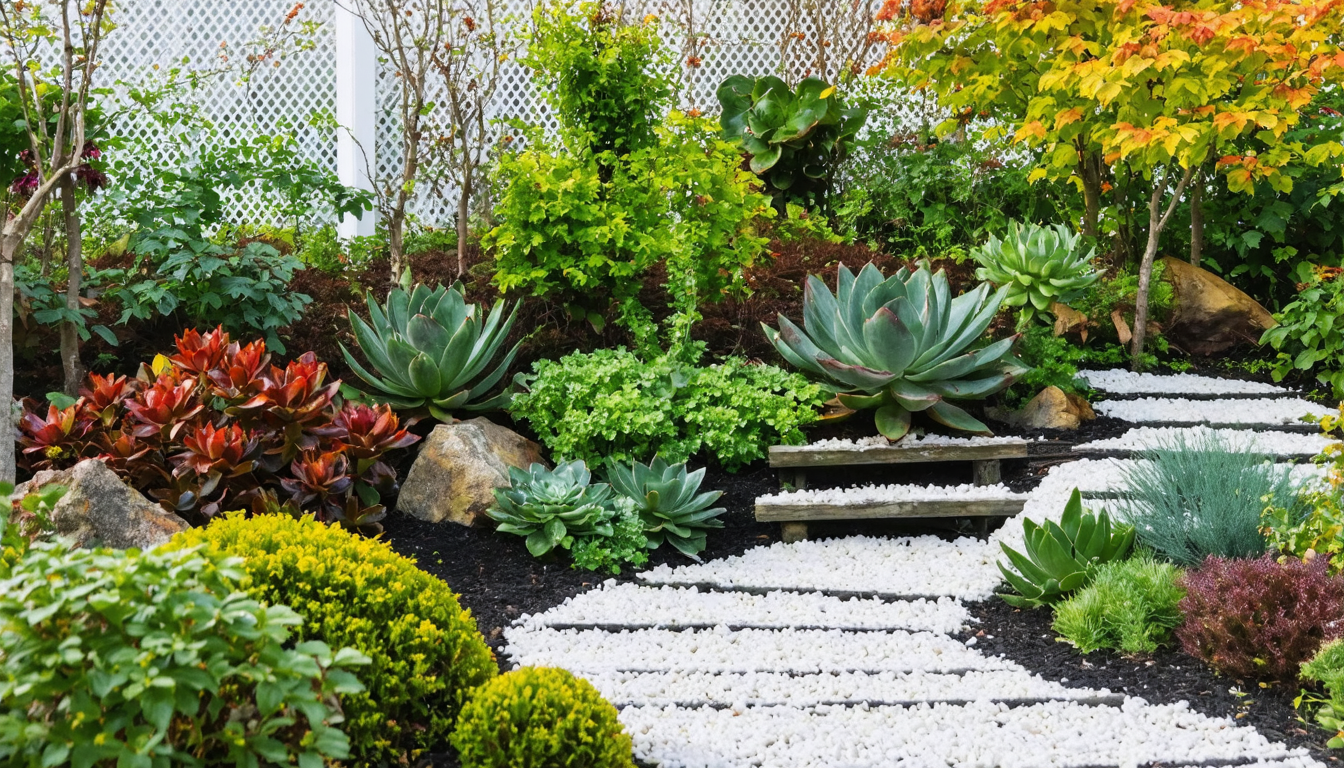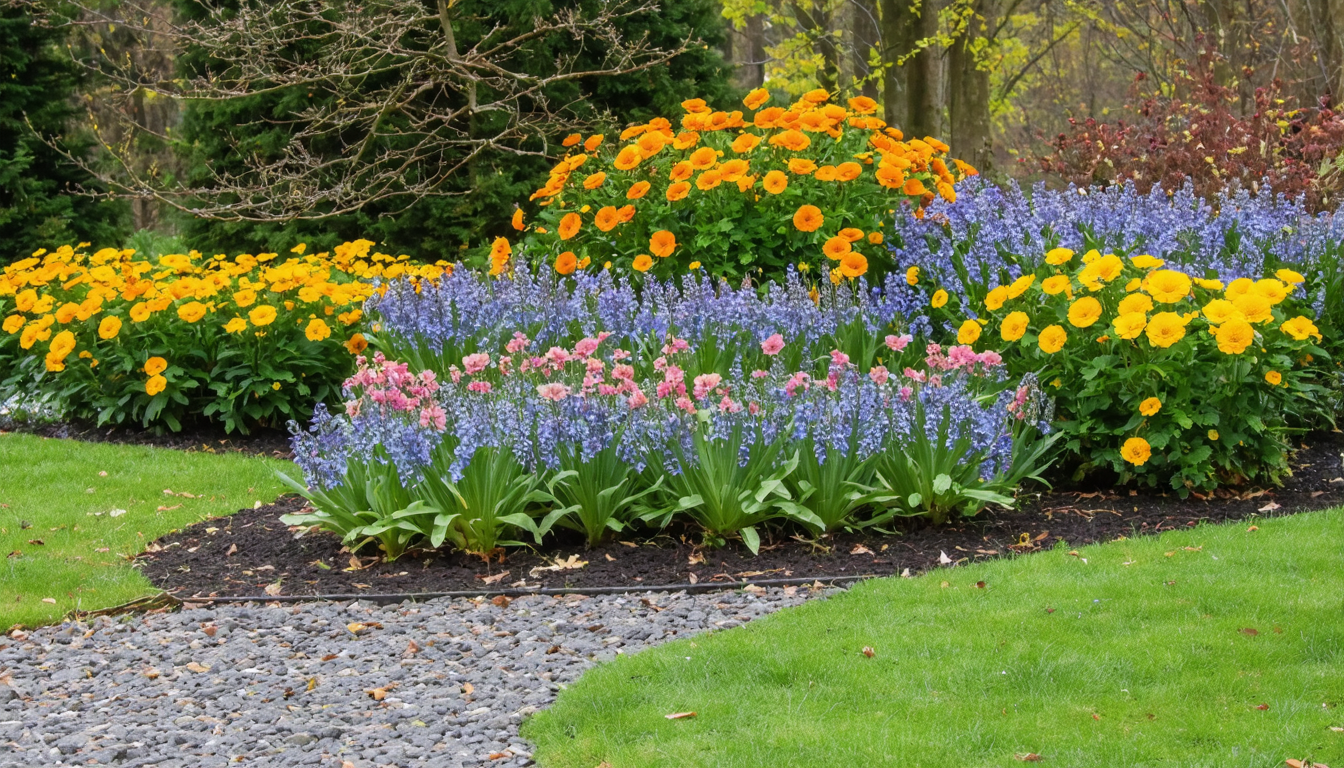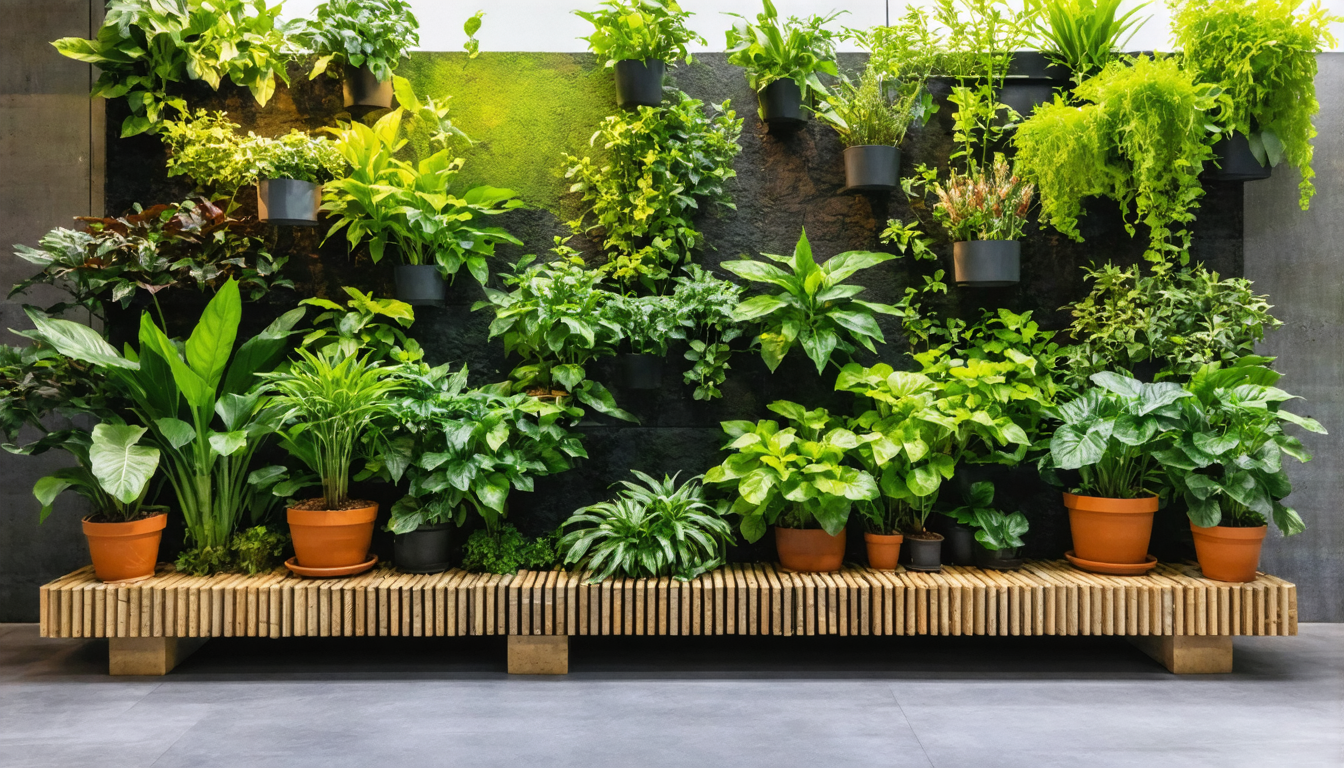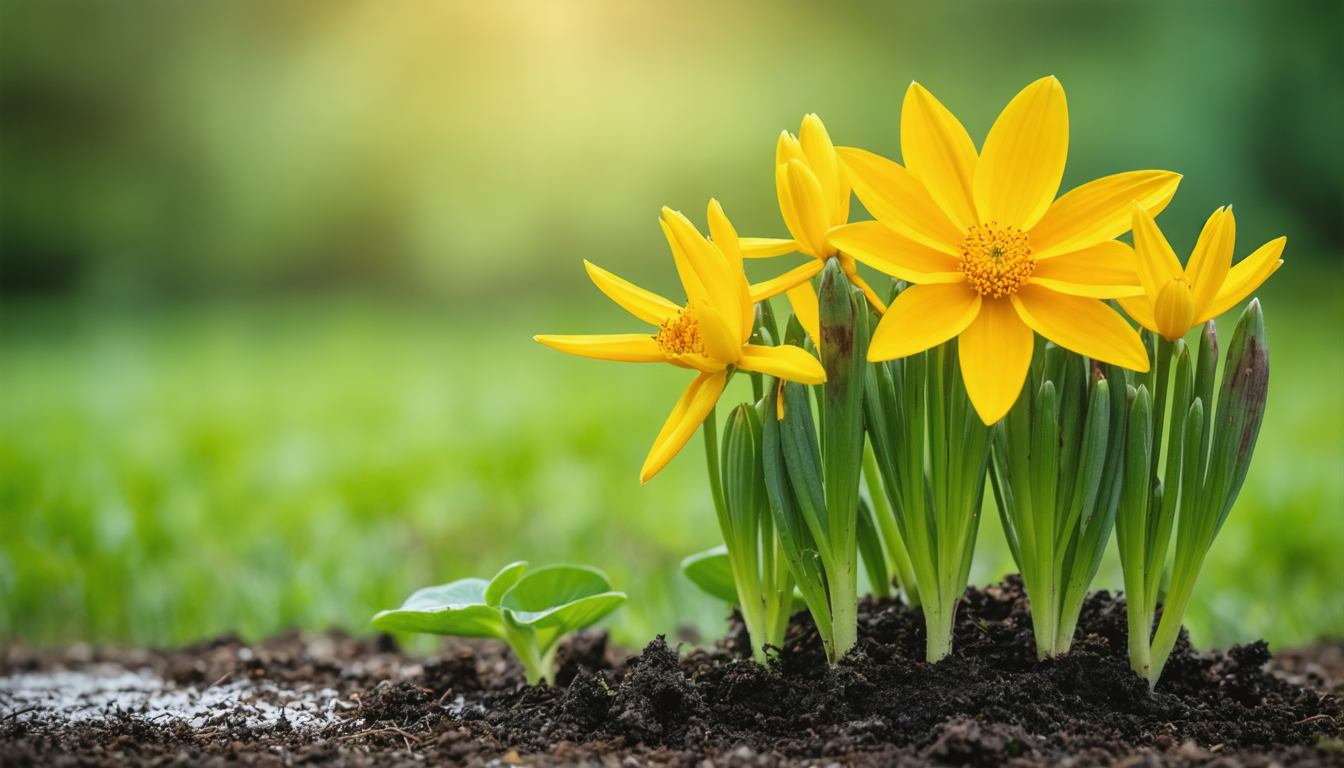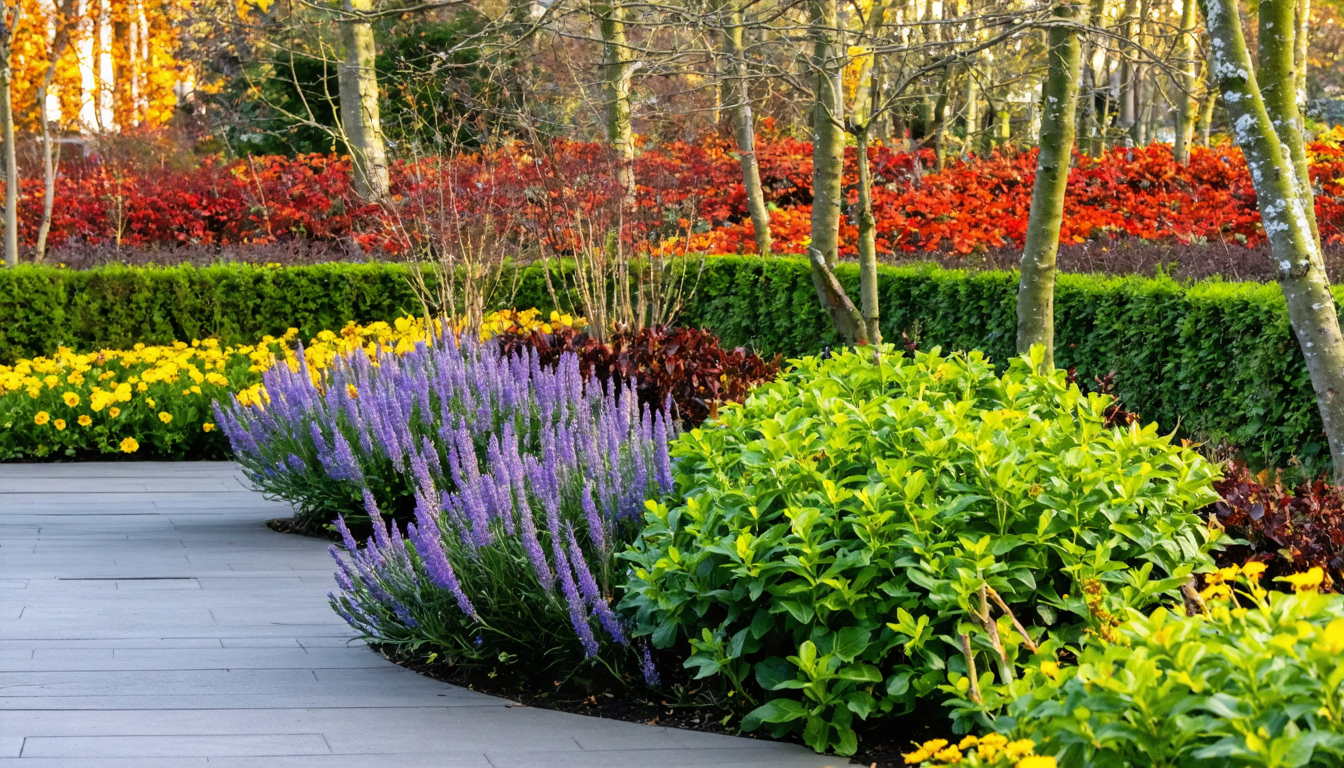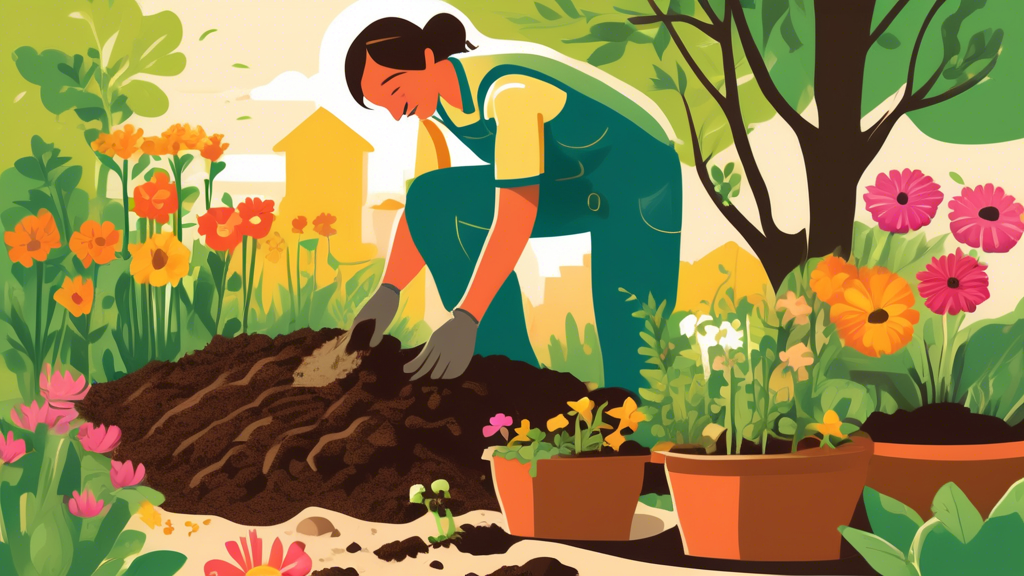
Identifying Clay Soil
Clay soils exhibit distinct characteristics that make them easy to identify. During rainy seasons, this type of soil tends to be wet and muddy. Conversely, in hot weather, it becomes hard and cracked. A simple test to confirm whether your soil is clay involves rubbing a small amount between your fingers. If the soil forms a ball without crumbling, it is likely clay soil.
Challenges of Clay Soil
While clay soil retains moisture well, this feature is a double-edged sword due to its fine particle size, which results in poor drainage. Waterlogging and compaction are common problems, making lawn and garden maintenance more challenging.
Improvement Steps
Aerate the Soil
Aerating is crucial for improving drainage and preventing waterlogging. Use a garden fork or aerator to puncture the soil, which helps break it up and allows air and water to circulate more effectively. This step can significantly enhance the soil structure.
Incorporate Organic Matter
Adding organic matter such as compost, bark mulch, or well-rotted manure can also improve soil structure and drainage. Organic materials help increase soil aeration and filtration, making it easier for plants to access nutrients and grow healthily.
Topdress with Sand or Grit
Spread a layer of coarse sand or grit over the lawn, particularly in areas prone to poor drainage. Use a rake to work the material into the soil to avoid creating a hard, concrete-like surface. This technique helps to open up soil particles, improving water movement and root penetration.
Potential Issues with Waterlogging
Waterlogging in clay soil can lead to various detrimental effects, including root rot, reduced grass growth, and increased susceptibility to diseases and pests. Addressing waterlogging issues promptly is essential to maintaining a healthy garden or lawn.
Tools and Materials Needed
Enhancing your clay soil to promote better drainage and garden vitality involves using several essential tools and materials:
- Garden fork or aerator
- Organic matter (compost, bark mulch, well-rotted manure)
- Sand or grit
- Rake
- Landscaping fabric, gravel, and perforated pipe (if installing a French Drain)
By following these practical steps and utilizing the appropriate tools, you can transform clay-heavy soil into a well-draining, fertile foundation that supports vigorous plant growth and strengthens your garden’s vitality.
